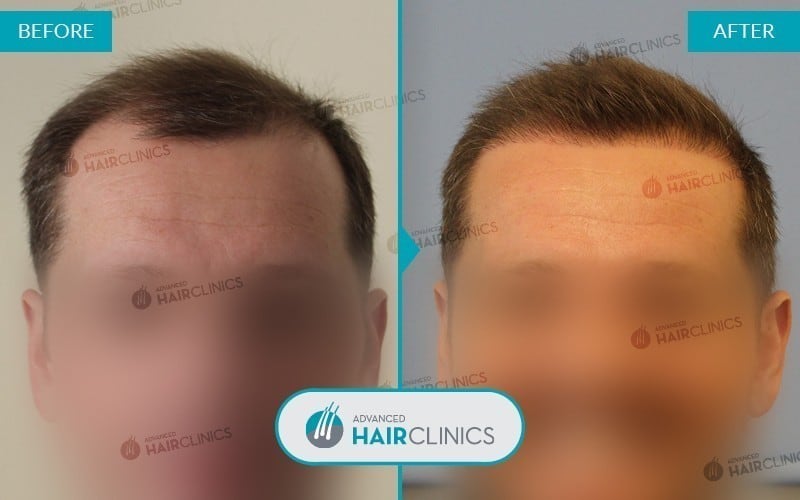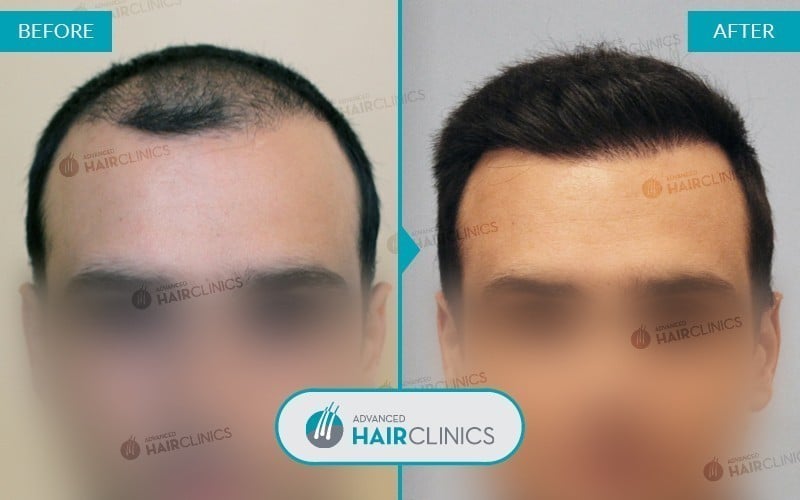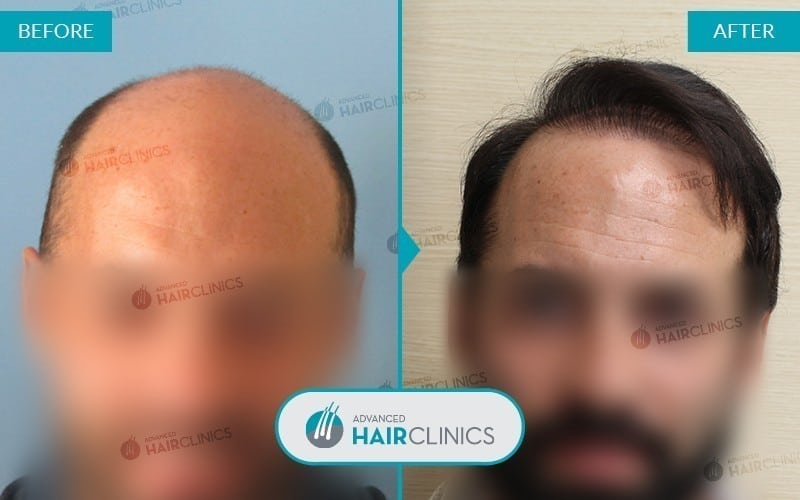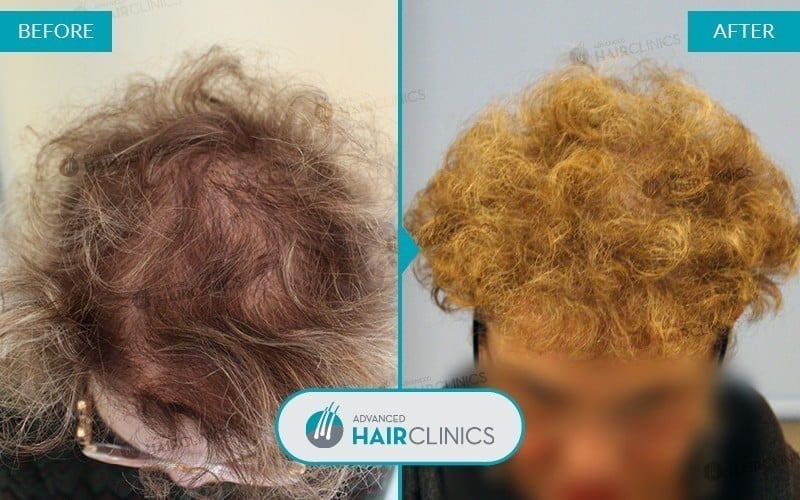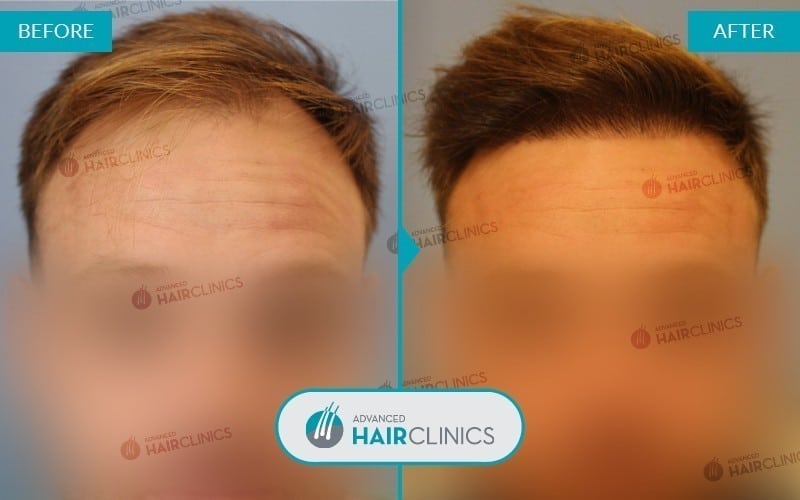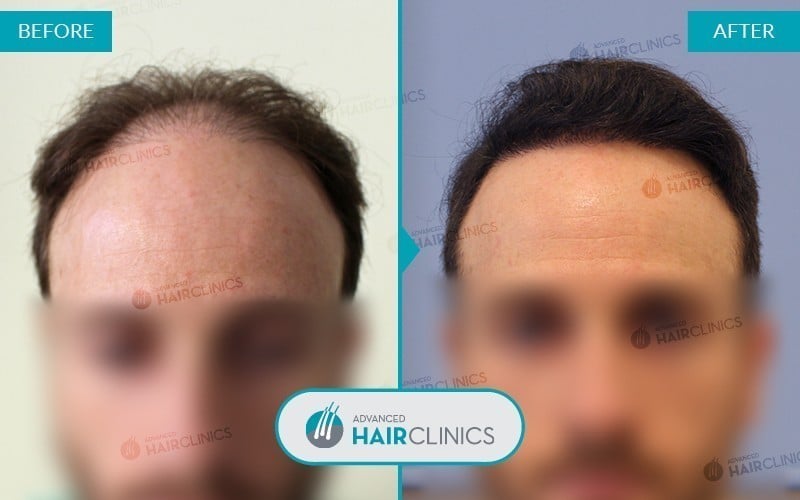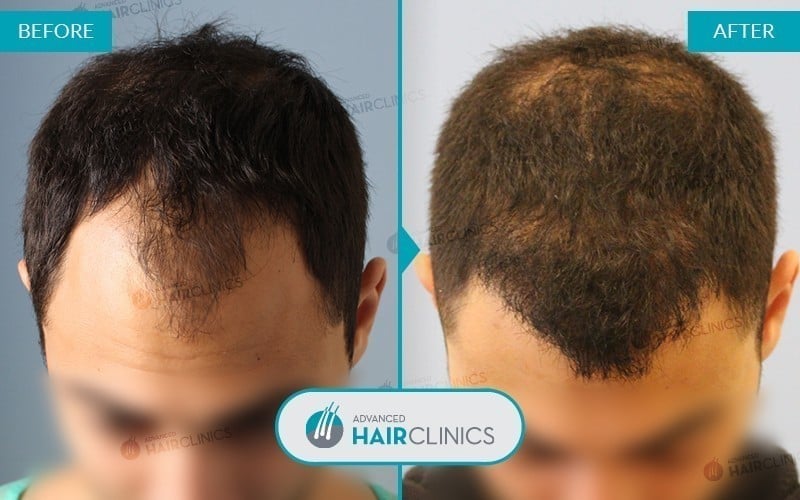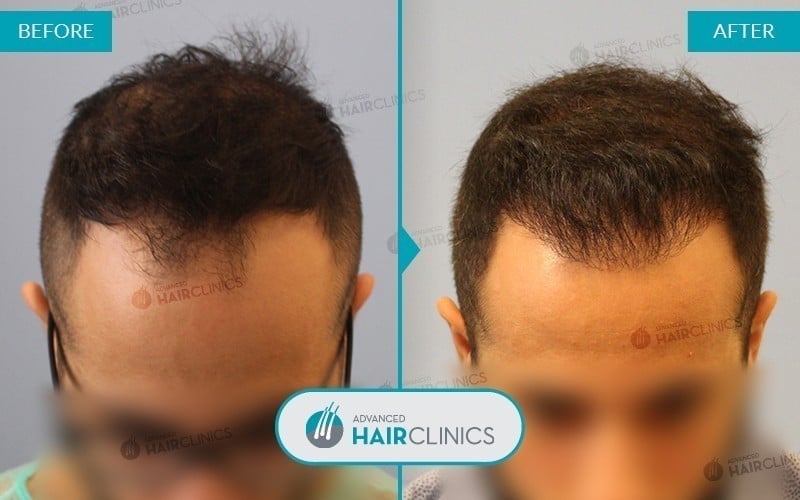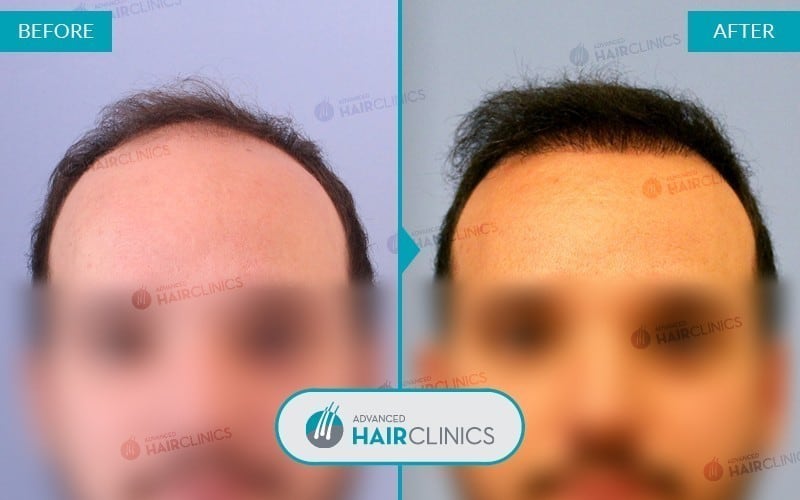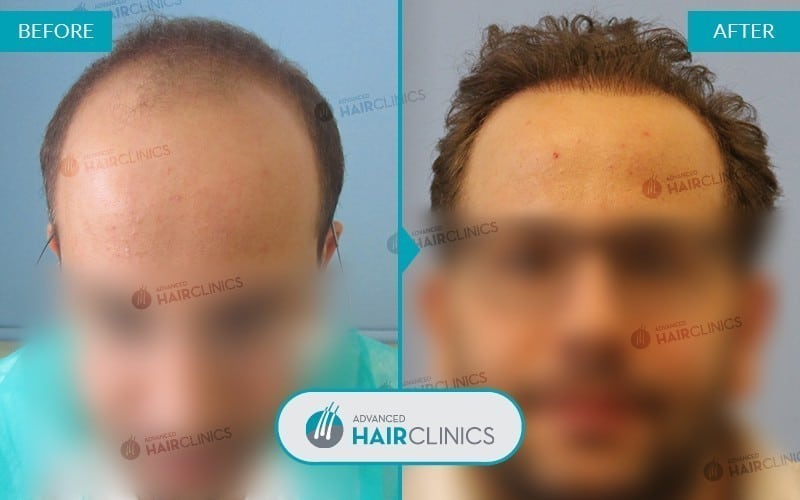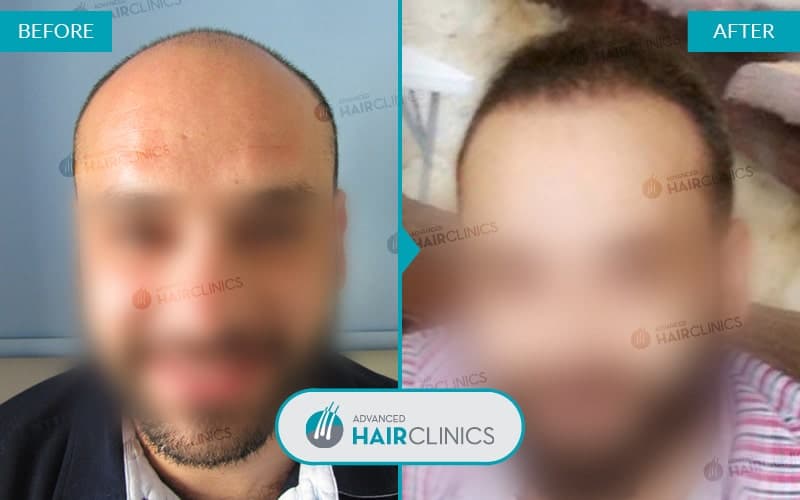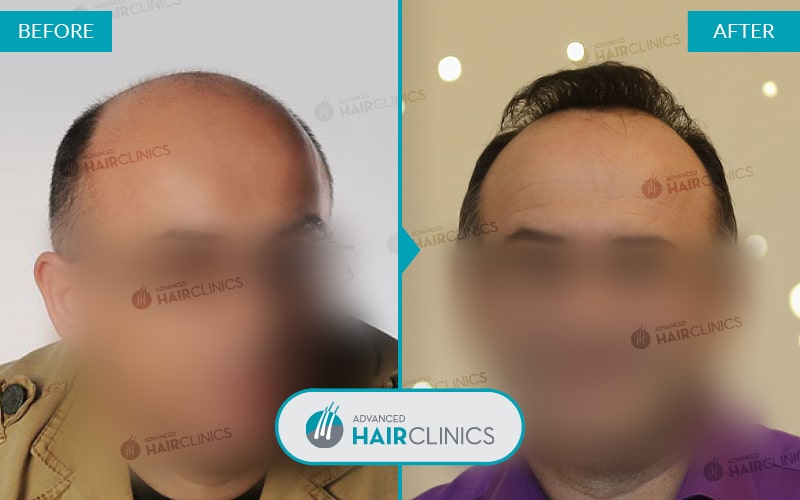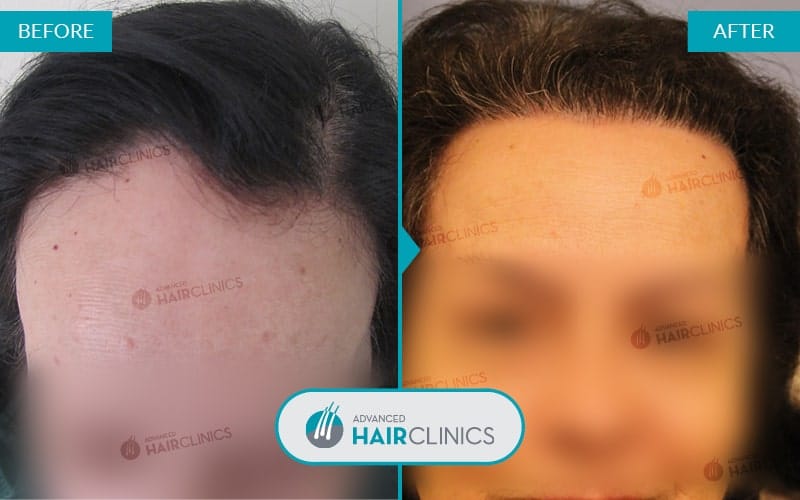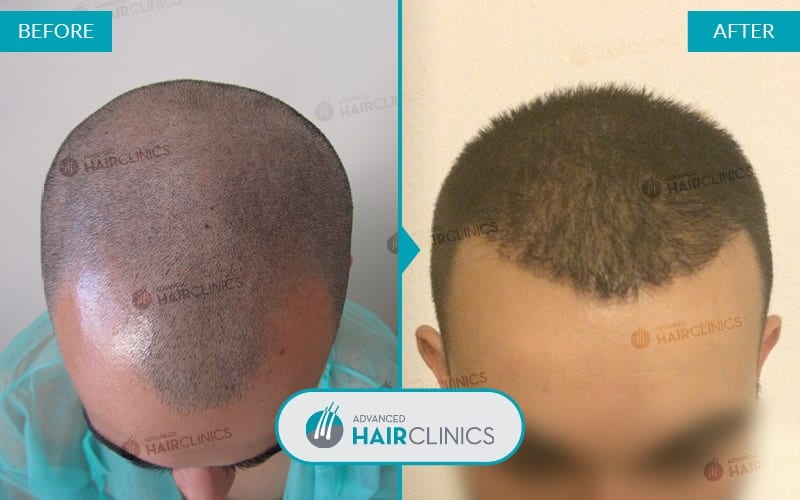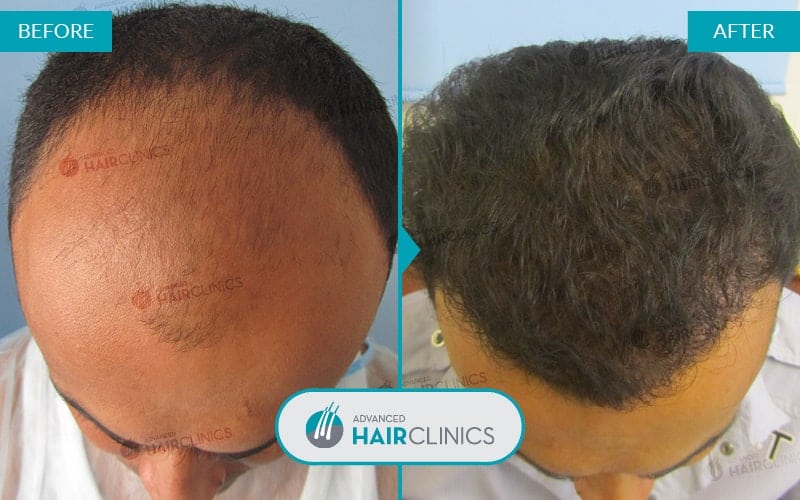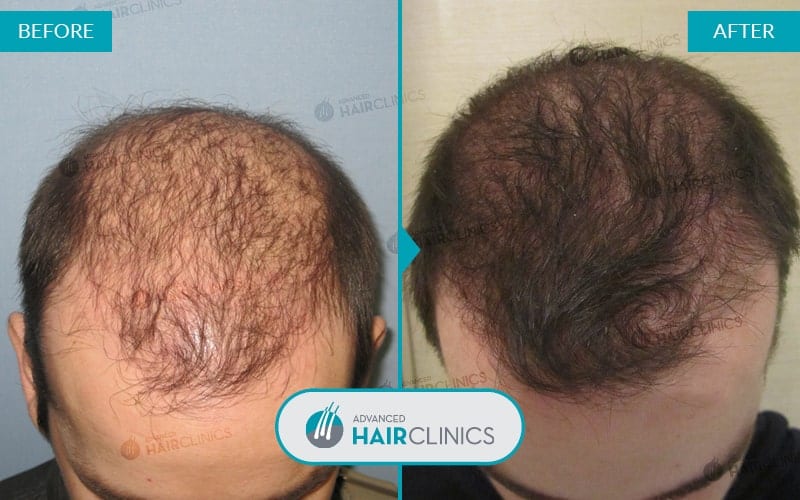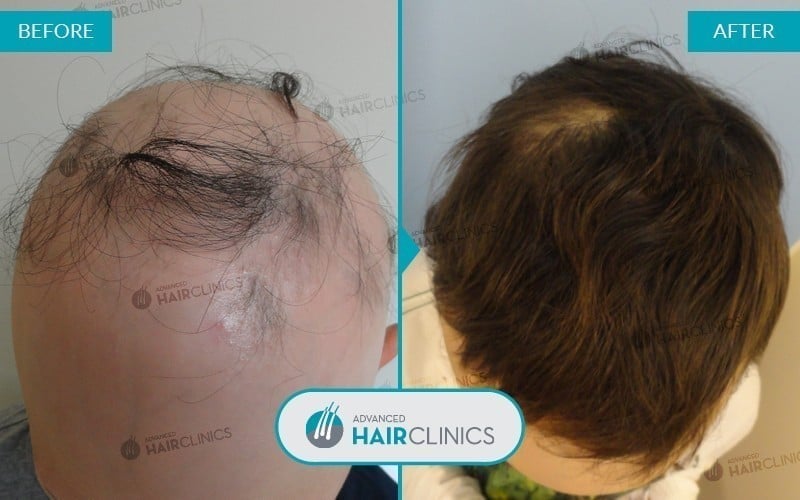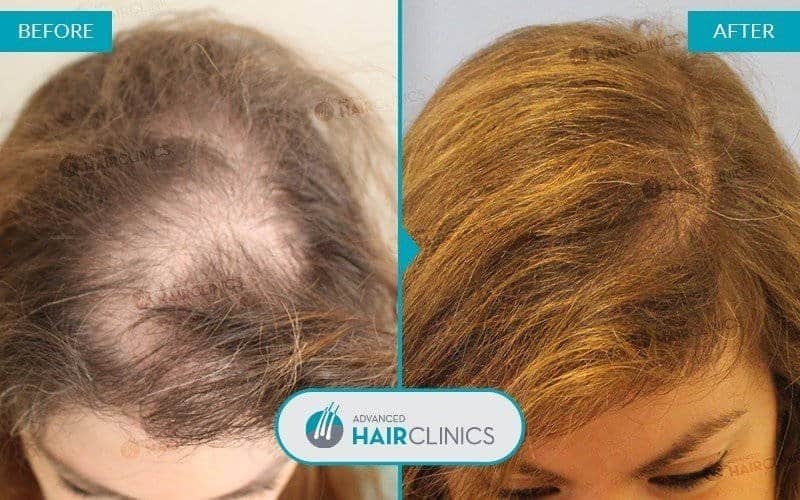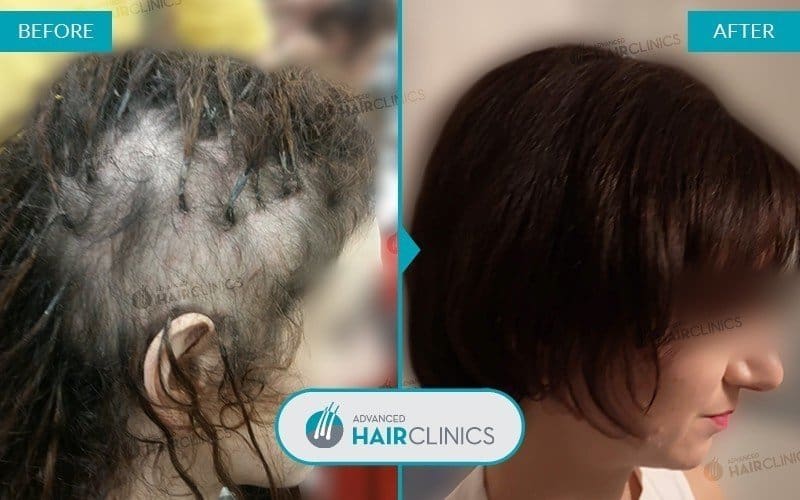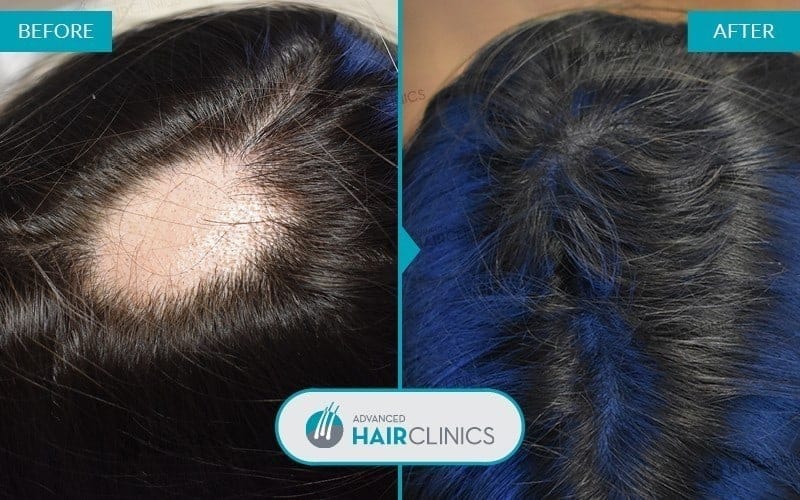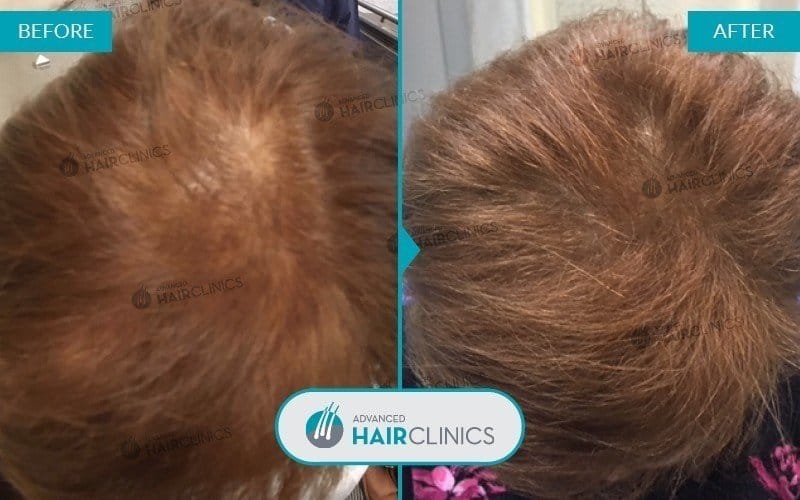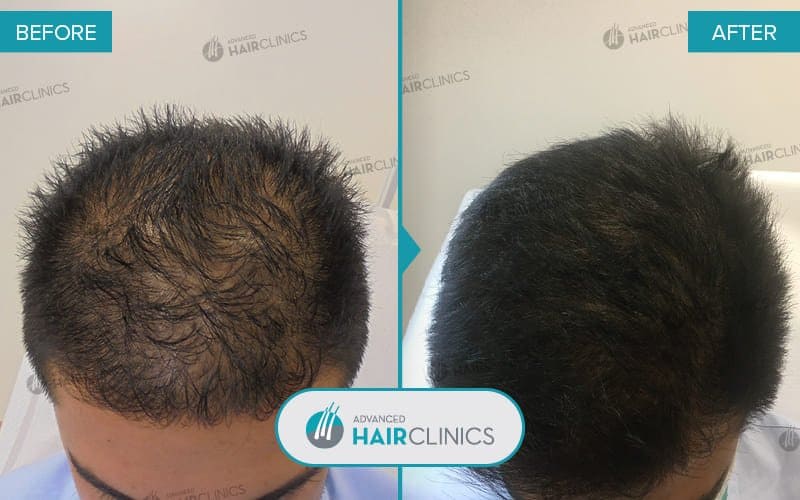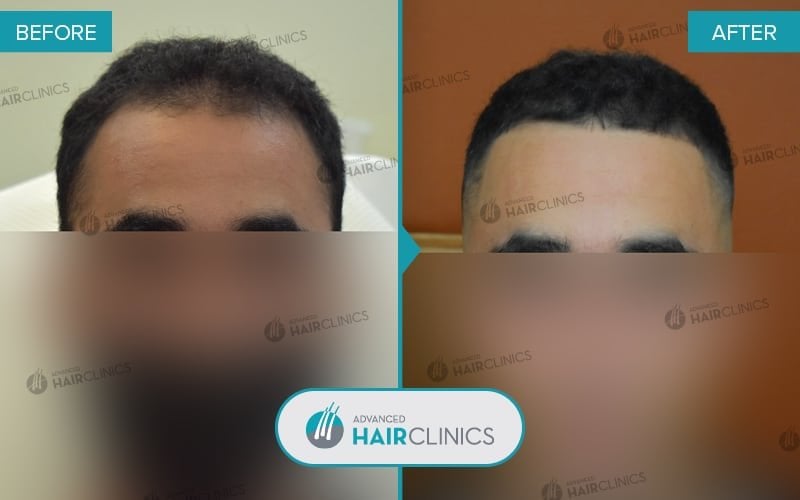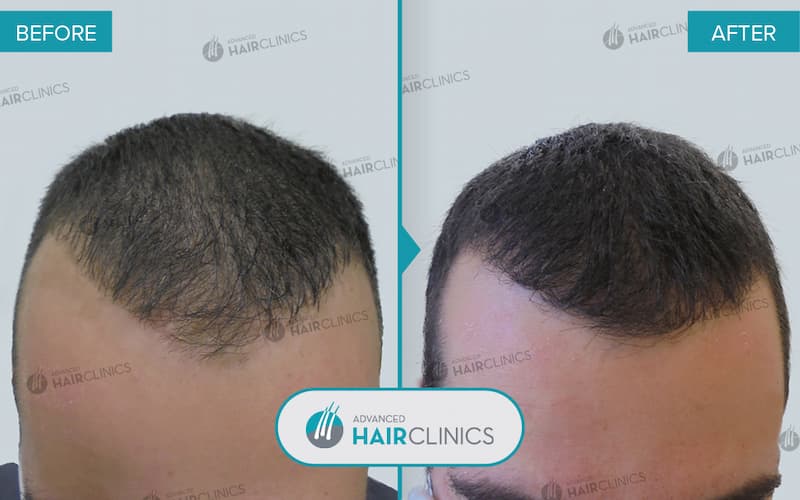Androgenetic Alopecia
Androgenetic alopecia is the most common form of alopecia in men and one of the most common in women. Moreover, it can occur at all ages, even in children and adolescents.
The psychological, occupational and social impact of androgenetic alopecia can be significant in both sexes, and the age of onset can be even more burdensome for the sufferer. In men, where thick and strong hair has always been associated with youth, vigour and masculinity, premature baldness can affect the way they relate to the opposite sex and even how they view themselves in the professional arena. But even in women, for whom lush and strong hair has always been seen as an element of femininity and beauty, obvious thinning of the hair can negatively affect their self-confidence and socialization as well as their interaction with the opposite sex.
For all these reasons, it is important to diagnose early and initiate appropriate treatment for alopecia that can effectively and permanently address the problem.

Treatment choices
Four are the main choices for androgenetic alopecia treatment:
- Non-Hormonal Treatment
- Hormonal
- Surgical
- Non-invasive treatment

RESULTS
Hair loss treatment & Hair transplantation
ALOPECIA
Types & Diagnosis
Diagnosis in men
Classical androgenetic alopecia in men is characterized by loss of hair on the temples, thinning of hair on the crown of the head and a gradual recession of the hairline. Even in advanced stages, a strip of normal density remains in the lateral temporal regions and on the rear (occipital) part of the scalp. Total hair loss rarely appears.

Diagnosis in women
Androgenetic alopecia in women usually occurs as diffuse thinning of the hair, without recession of the hairline. In most cases, hair thinning is more intense at the top of the scalp. Unlike in men, total loss of hair in the affected area is rarely observed.
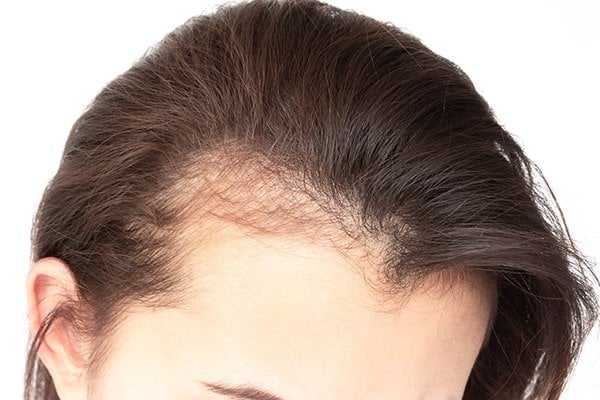
Phototrichogram
Phototrichorizogram is the most advanced method of diagnosing alopecia in men and women and is performed with the help of a special digital microcamera. The doctor uses Follysis software and proceeds to digital analysis of photographs from the area of alopecia and from the healthy scalp area, determining the extent of the affected area, the number of hair follicles and the average number of hairs per hair follicle, as well as the diameter of the hair, compared to reference values from the healthy scalp area. A reduction in hair diameter is an early diagnostic sign of the occurrence or progression of alopecia in the area under examination.

Classification of the degree and severity of androgenetic alopecia
For the classification of the degree and severity of androgenetic alopecia, Norwood-Hamilton scale is used for male androgenetic alopecia and the Ludwig scale for female androgenetic alopecia.
It is estimated that 70% of men and 40% of women will experience it at some point in their lives, and one in two men will suffer from it at the age of 50.

